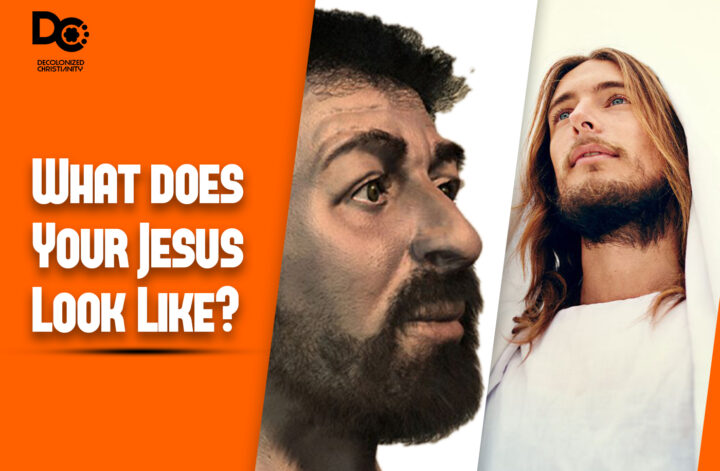Background
Thanks to European imperialism manifested through colonization and slavery, one of these images is unmistakable. Indeed, the European Jesus is such a well-developed form that one could endlessly change the face of the image without affecting its recognizability. The White Jesus typically has long, straight hair with a long face instead of a rounded one. He is, of course, always white and often has blue eyes. The White Jesus never wears shorts but a robe and a mantle. As Joan Taylor observes, the image or form of the White Jesus is so distinct that “he can be recognized as miraculously appearing in clouds, on pancakes, or pieces of toast” (1). The rather interesting irony is that the juxtaposed, brown-skinned image above is closer to what the historical Jesus looked like than the universally marketed White Jesus. In first-century Palestine, Jesus would have most likely kept shorter hair as it was customary. If he had long hair, it would be due to neglect and would look nothing like White Jesus’ coiffure.

